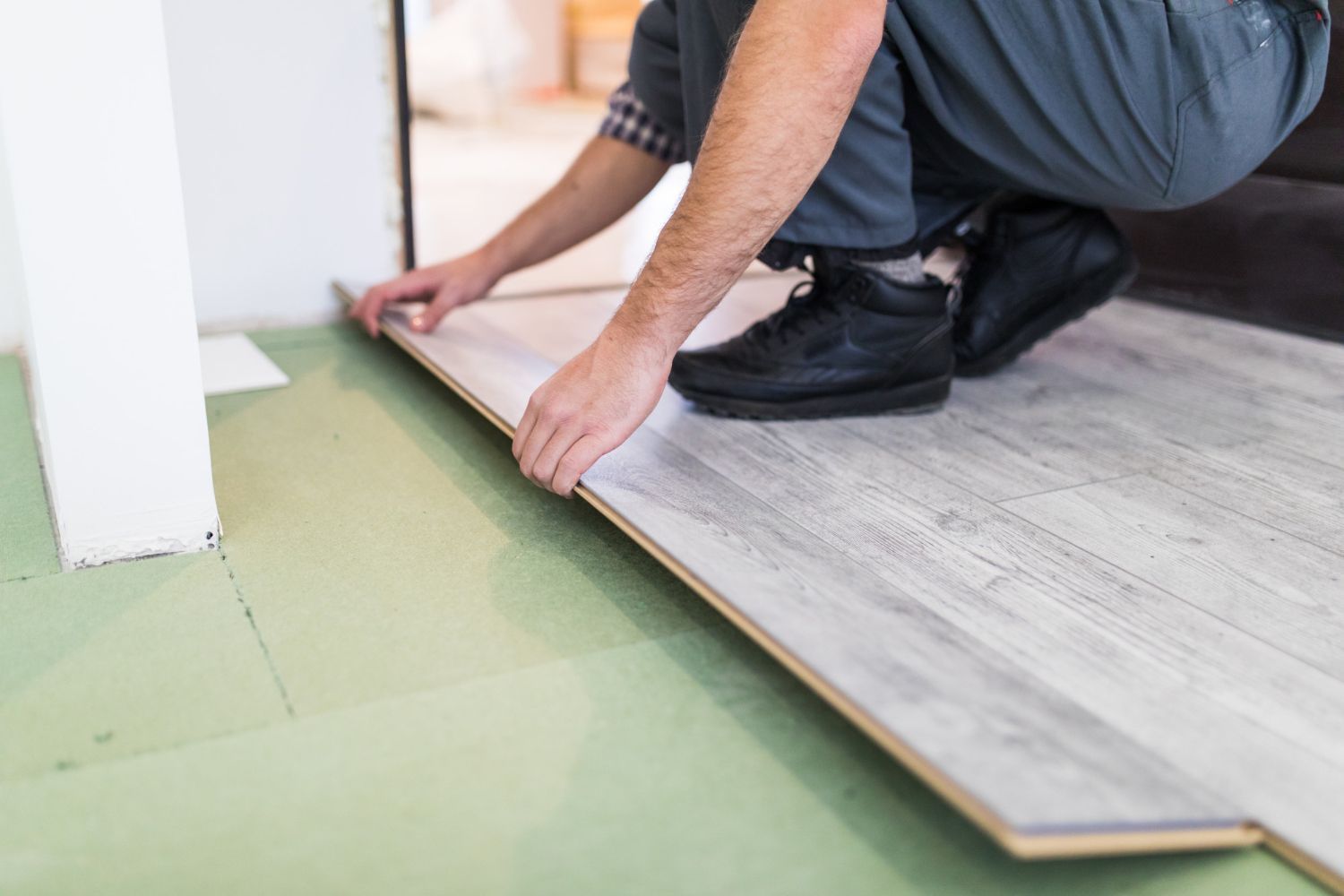How to Manage Project Risks in the Construction Industry?

According to The Construction Industry Institute, construction risks fall into 107 categories. There are numerous potential outcomes, including weather-related delays and occupational mishaps. Commercial construction project management companies must employ efficient risk management procedures for handling risks. Continue reading to learn how to minimize risk when providing construction subcontracting services.
Types of Risk in Commercial Construction Project Management
The potential risk sources in construction are as follows:
● Safety Risk involves worker accidents.
● Financial risks, such as slow sales, unforeseen cost increases, and competition from other businesses, influence your cash flow.
● Legal risk refers to the possibility of disagreements arising from the performance of client contracts.
● Project Risks include ineffective resource management, inaccurate time estimation, and a lack of suitable policies.
● Environmental risks include earthquakes, floods, and other natural disasters that destroy construction projects.
Risk Management Process in Commercial Construction Project Management
The risk management process in commercial construction project management includes the following five steps.
1. Risk Identification
The process of risk management commences with risk recognition. It entails determining all potential hazards that might impact the project or the business. It can originate from several places, such as vendors, subcontractors, the environment, and even staff. You can assess risks by having brainstorming sessions with your project team and stakeholders. Moreover, conducting expert interviews, examining prior instances, and analyzing market patterns are also helpful.
2. Risk Assessment
Not all risks are the same; some are more likely to materialize than others. Nowadays, you can use a risk assessment matrix to evaluate the dangers on your list. This matrix aids in visualizing each risk's likelihood and potential impact on your project. So, prioritizing the hazard that needs immediate response will be effortless. Commercial subcontractors at United Seattle are knowledgeable in risk assessment methods.
3. Risk Response Strategy
After assessing the risks, it's time to decide on a response plan for each danger. Four categories are available here.
● Avoid the Hazard
The safest action is to avoid the project or modify its scope if you lack the competence to handle the risk.
● Transfer the Risk
In comparison to taking the risk, this alternative is more affordable. You may, for instance, assign the risk to your insurance company or reach a deal with a supplier or subcontractor to delegate the work.
● Mitigate the Risk
Making plans to minimize the risk as low as feasible is known as risk mitigation. For example, you can reduce the risks associated with safety by training employees and providing the necessary safety gear.
● Embrace the Risk
Taking the risk entails moving forward and addressing the threat. For instance, you can accept weather-related delays while planning to manage the project more effectively to get around the issue.
4. Risk Monitoring
This continuing process includes keeping track of risks throughout the project's lifecycle and routinely reviewing commercial project management strategy. By doing this, you can make sure that your project stays on schedule and averts unforeseen circumstances.
5. Risk Reporting
Last but not least, it's critical for commercial subcontractors to discuss and document the risk management process with all parties involved.
It also offers a summary of the preceding four steps. With the aid of this risk report, you can swiftly make the necessary changes to the risk management strategy.
Wrapping Up
In a nutshell, risk management education and application are essential for building subcontractors. The five steps of risk management are risk identification, risk assessment, reaction, monitoring, and reporting. Using risk management strategies at the appropriate moment can help to conserve human and financial resources. United Seattle is the best option if you need Commercial Construction Project Management. Being a top commercial subcontractor, we recognize the value of risk management, and all our employees are trained in risk management procedures.
One of the major risks in construction projects is that of site workers’ safety. Adopt these strategies to enhance workplace safety and minimize risk.
We Offer All the Services You Need in One Place! We Will Save You Time and Money!
Call Us at (425) 521-7916 Now to Get a Free Estimate or a Free Consultation for Any of Our Services!



